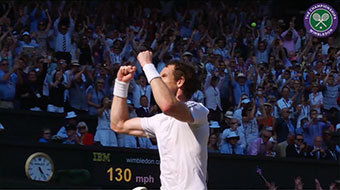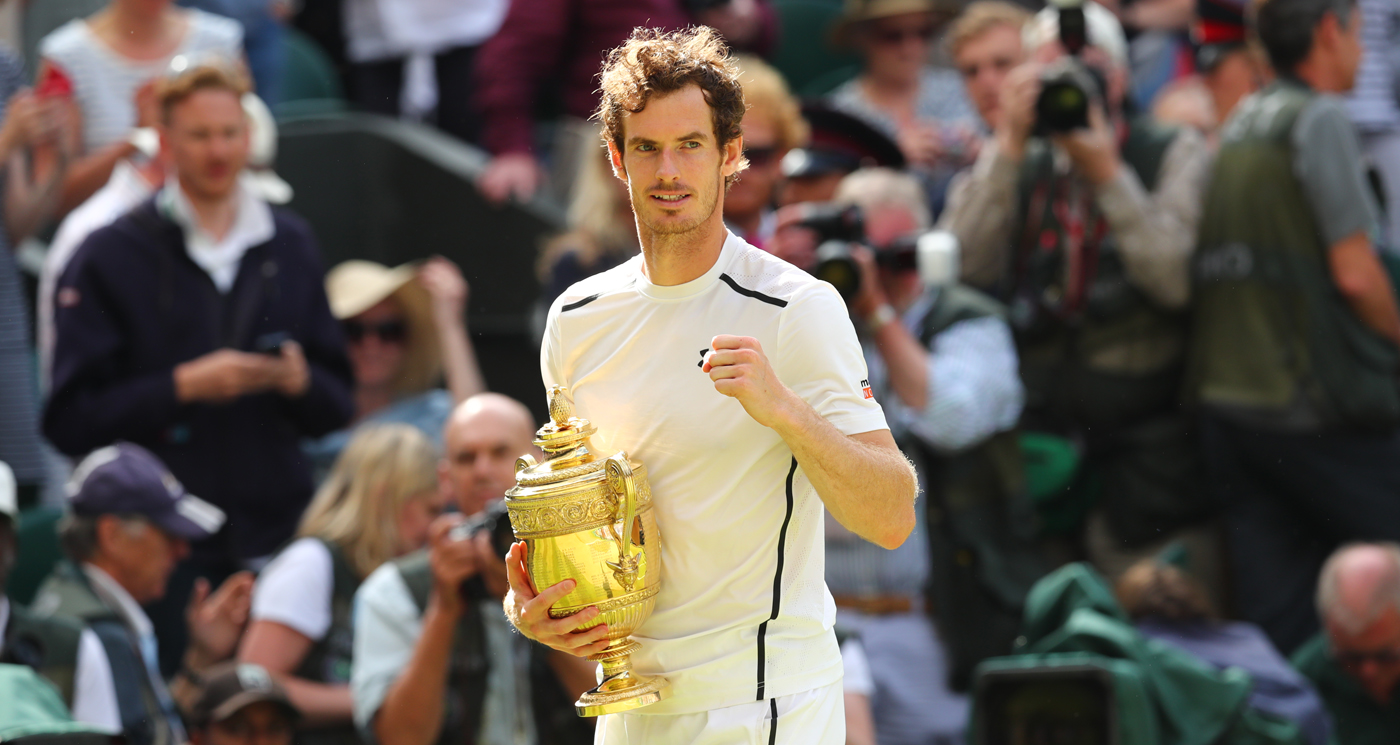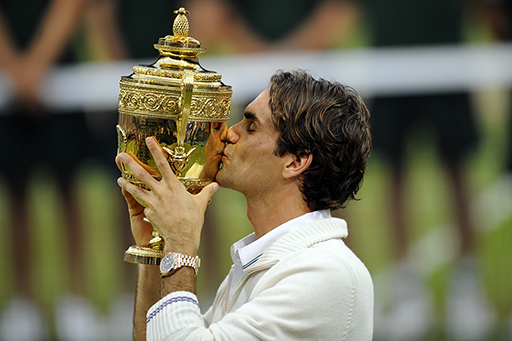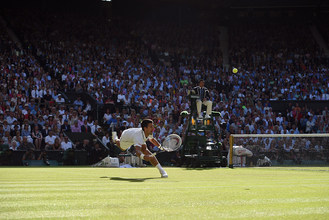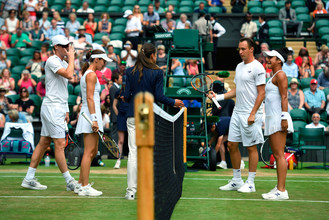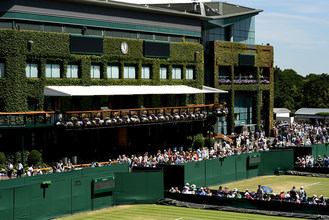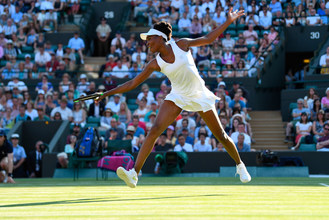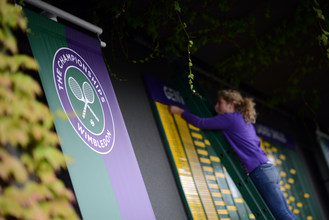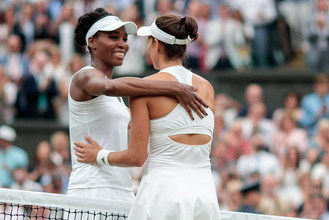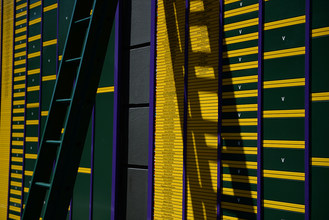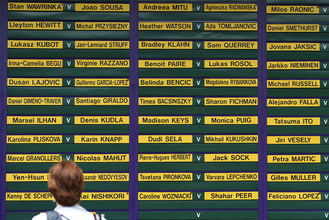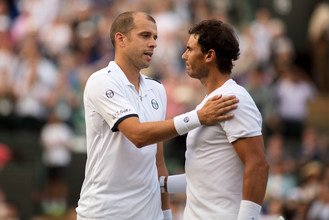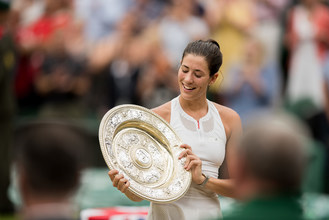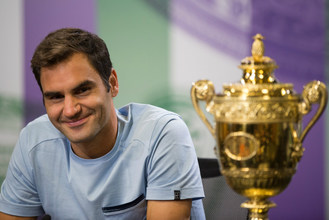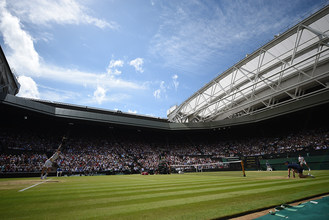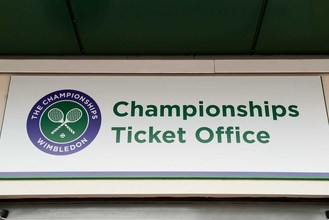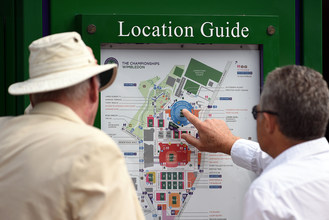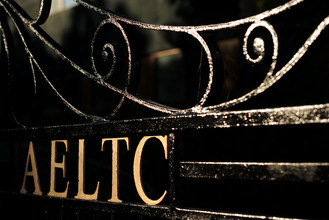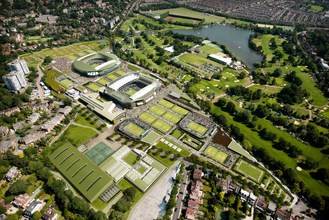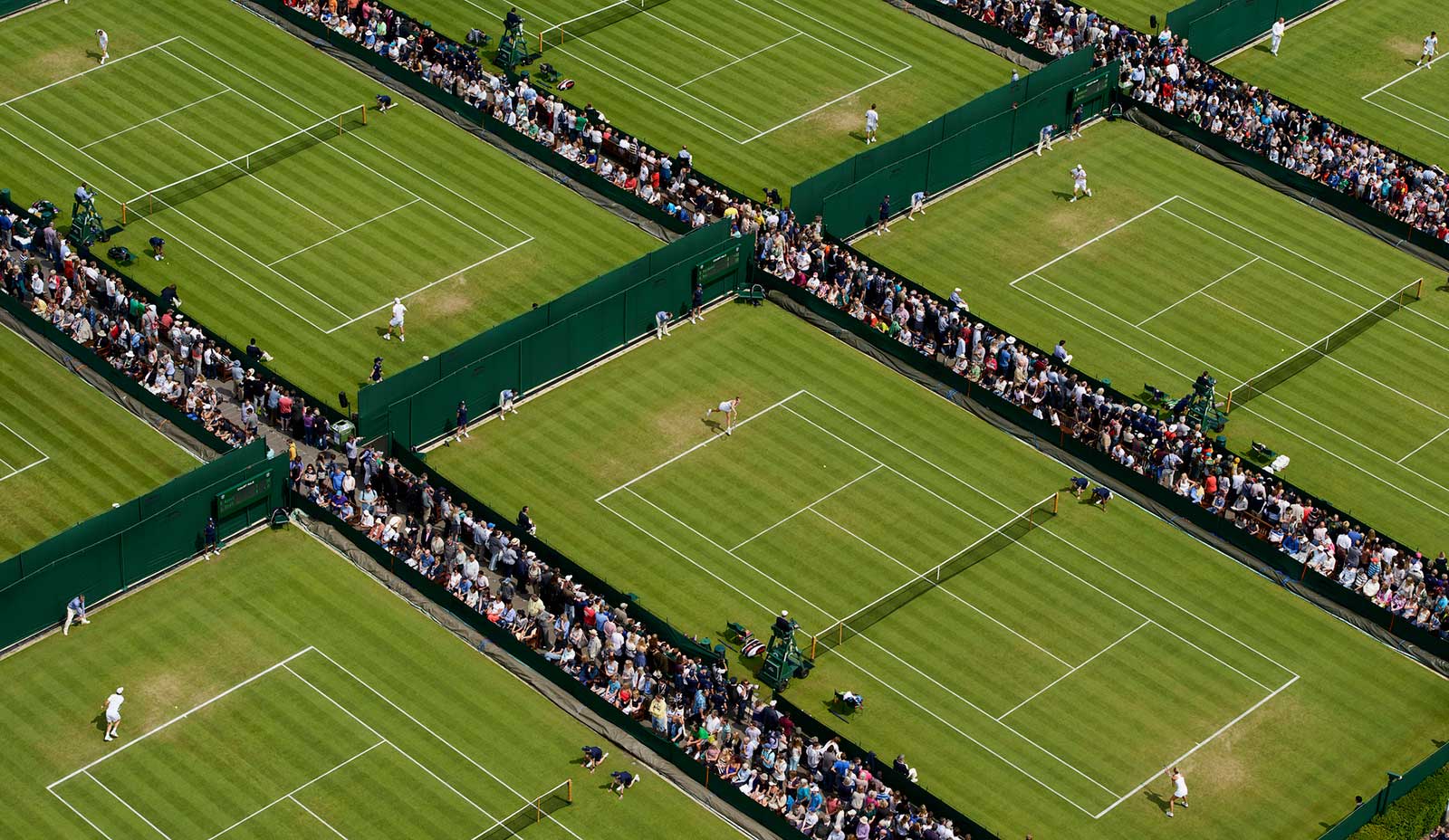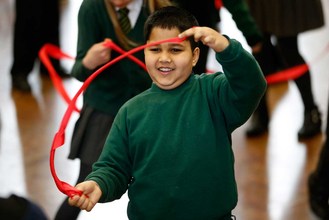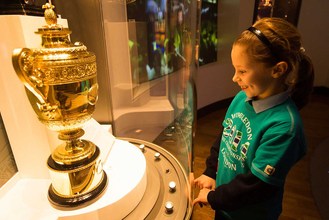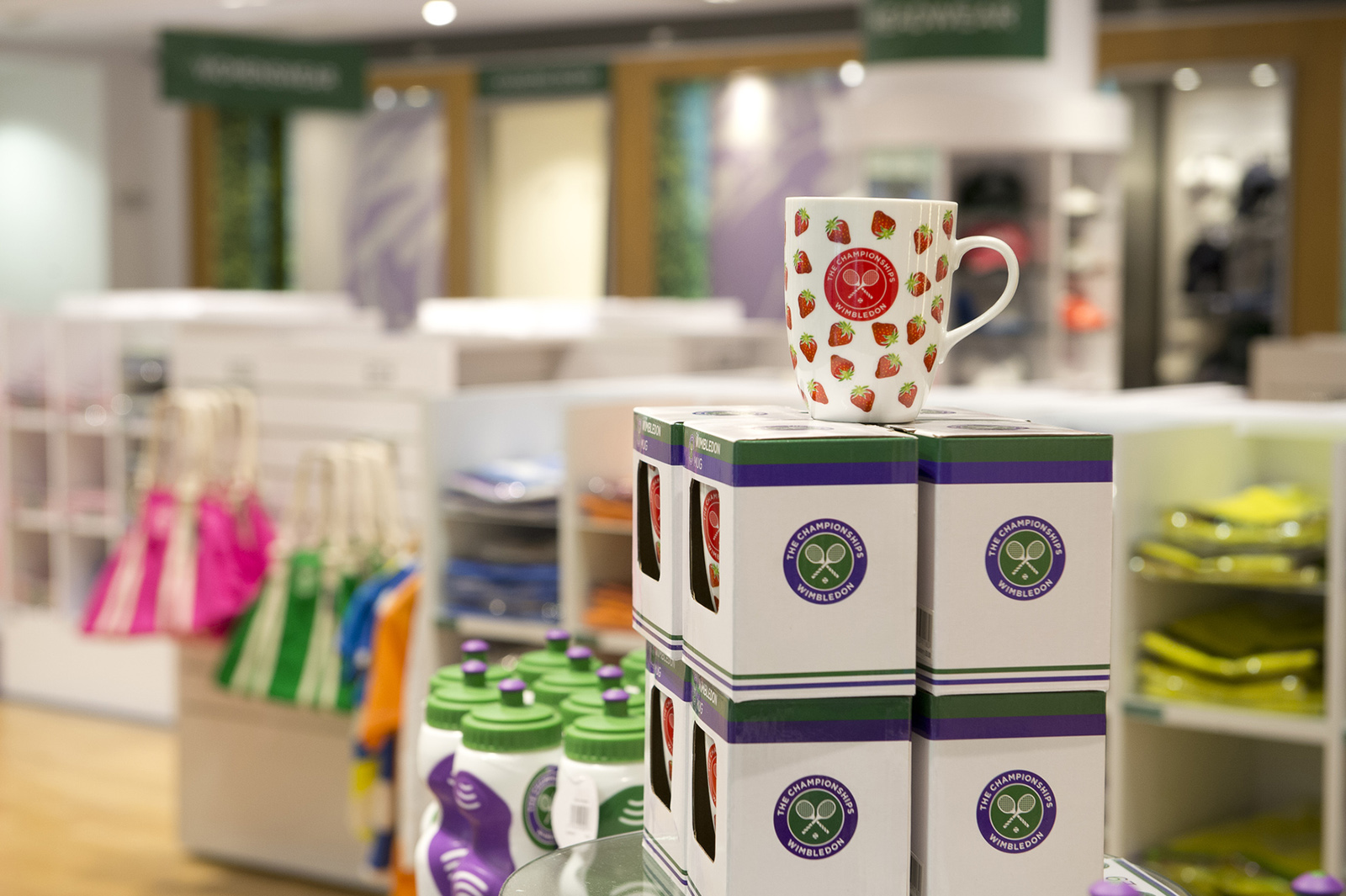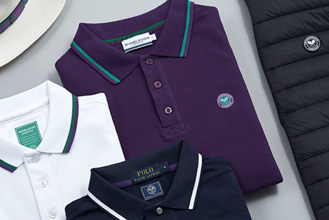In light of Roger Federer’s astonishing feats this year, fans of Andy Murray will no doubt be hoping that the world No.1 still has some of his finest days ahead of him. However, with Murray celebrating his 30th birthday this week, he might ponder how rare it is for players of his vintage to triumph at the very highest level.
Since a 31-year-old Arthur Ashe beat Jimmy Connors in the final at Wimbledon in 1975, Federer is the only thirty-something to have won the gentlemen’s singles at The Championships. Federer’s victory in the 2012 final at the age of 30 secured his seventh Wimbledon title and his 17th at Grand Slam level. In January of this year the 35-year-old Swiss took his tally to 18 by winning the Australian Open.
In the 14 years since 32-year-old Andre Agassi won the 2003 Australian Open, the only man other than Federer to have won any Grand Slam singles title in his thirties has been Stan Wawrinka, who claimed the French Open at 30 in 2015 and the US Open at 31 last year.
The recent successes of the thirty-somethings might appear to be a very modern phenomenon, but they were also a feature of the early years of The Championships, which began in 1877. Older players were able to thrive in the sport’s early days because the game was much less demanding physically, the fields were often much smaller and there were few overseas entrants; even by 1914 the 102-strong draw for the men’s singles included 86 British players.
Before the First World War the list of men’s Wimbledon champions included 41-year-old Arthur Gore and two 36-year-olds, Herbert Lawford and Norman Brookes.
Gore, who took the title for the third time at the age of 41 years and 182 days in 1909, is the oldest men’s singles champion in Wimbledon history, though he needed to win only one match to take the title that year. Until 1922 the defending champion went straight into the Challenge Round against the winner of the All-Comers’ Singles. Gore made a successful defence of his title with a battling rearguard action against Major Ritchie, winning 6-8, 1-6, 6-2, 6-2, 6-2.
Twelve months earlier 40-year-old Gore had taken the title the hard way by winning the All-Comers’ competition, beating Roper Barrett 6-3, 6-2, 4-6, 3-6, 6-4 in the final. He then had a walk-over in the Challenge Round because Brookes had not returned to defend his trophy.
Gore, who had been 33 when he won the title for the first time in 1901, enjoyed remarkable longevity. His first appearance at The Championships was in 1888 and he subsequently played in every gentlemen’s singles event until 1922. His last appearance at The Championships came in 1927, when he played in the men’s doubles alongside Barrett at the age of 59. He died the following year.
Brookes went within one victory of overhauling Gore’s record when he was beaten by Gerald Patterson in the Challenge Round in 1919 at the age of 41 years and 235 days. The Australian had become the first overseas champion in 1907, at the age of 29, and had won the title again seven years later.
Lawford, who took the title in 1887 at the age of 36 years and 53 days, having not taken up the sport until he was 26, is the oldest first-time winner of the men’s singles. He was one of the first players to hit his forehand with heavy top-spin (the shot became known as “the Lawford Stroke”) and he rarely ventured to the net.
There were just 16 entries in the All-Comers’ Singles in 1887, which was the smallest draw in the competition’s history. William Renshaw, who had beaten Lawford in the Challenge Round for the previous three years in a row, was absent through ill health.
By the 1920s, however, tennis was being dominated by the younger generation. Between the two world wars only one player over the age of 28 won the men’s singles at The Championships. Bill Tilden, one of the finest players in history, was 37 when he claimed his third Wimbledon singles title in 1930, nine years after his second.
The pattern continued after the Second World War. Before Ashe’s extraordinary victory in 1975, only three thirty-somethings had triumphed in the gentlemen’s singles in the post-war years: Yvon Petra (aged 30 in 1946), Jaroslav Drobny (aged 32 in 1954) and Rod Laver (aged 30 in 1969).
Finally, there was Federer, who in 2012 won his seventh Wimbledon title, beating Murray 4-6, 7-5, 6-3, 6-4 in the final just a month short of his 31st birthday. It was Federer’s first Grand Slam title for more than two and a half years.
While Federer is still playing some of his best tennis at the age of 35, many of Wimbledon’s finest champions of recent decades peaked well before their thirties. Boris Becker won the last of his three Wimbledon titles at the age of 21, Bjorn Borg the last of his five at 24 and John McEnroe the last of his three at 25. Even Pete Sampras was only 28 when he won his seventh and last Wimbledon title in 2000.
The current generation, nevertheless, can draw heart from the world rankings. When Novak Djokovic celebrates his 30th birthday on 22 May, it is likely that, for the first time ever, the top five players in the rankings list will all be thirty-somethings: Murray, Djokovic, Wawrinka, Nadal and Federer.

